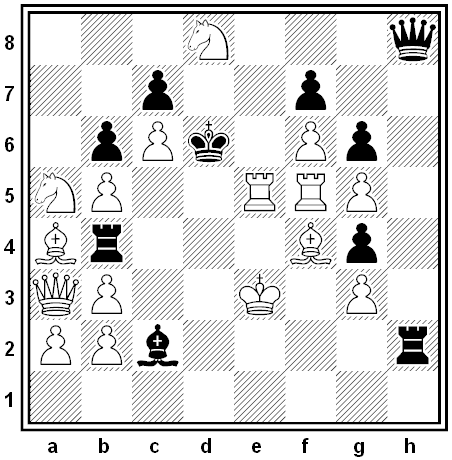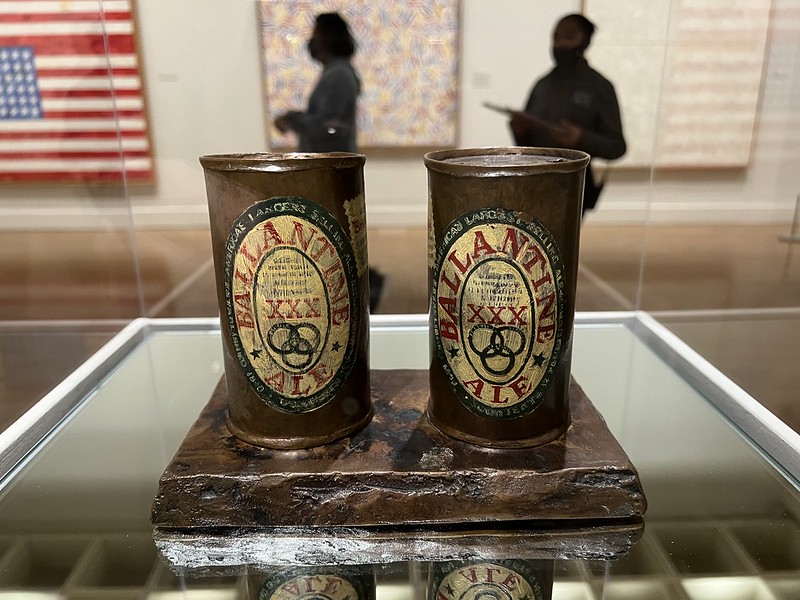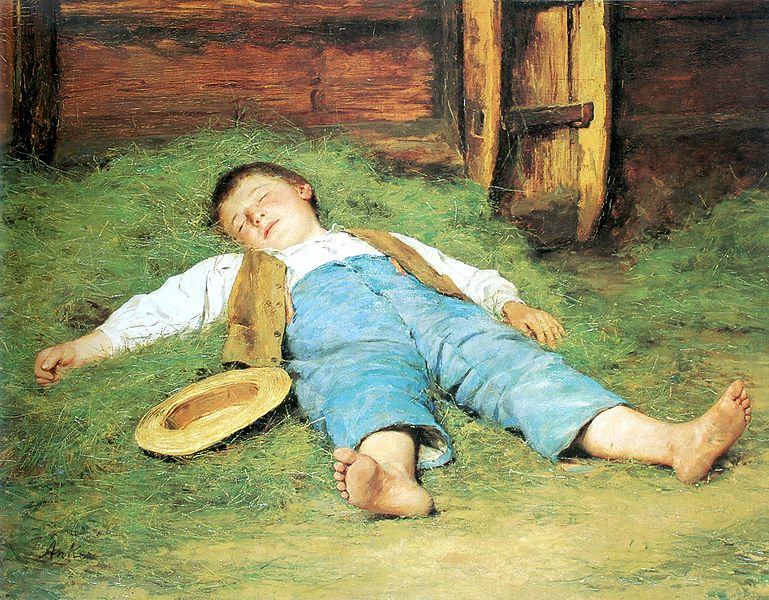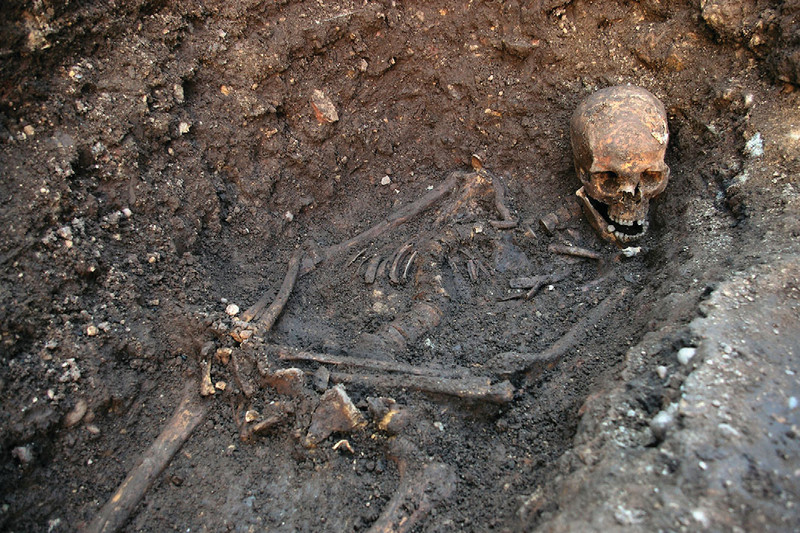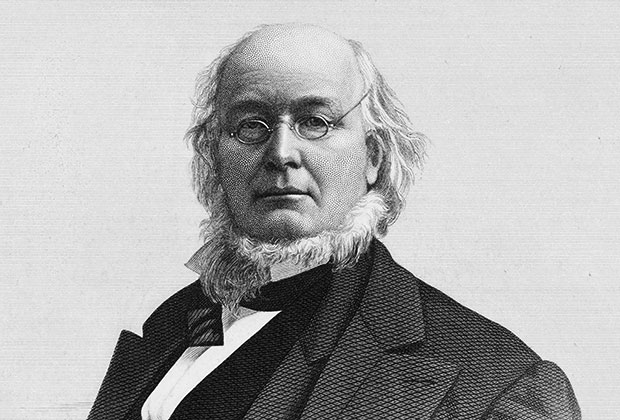
Another example of Horace Greeley’s terrible handwriting: According to biographer Lurton Dunham Ingersoll, in 1870 the town of Sandwich, Illinois, invited Greeley to address its lecture association. He responded:
Dear Sir. — I am overworked and growing old. I shall be 60 next Feb. 3. On the whole, it seems I must decline to lecture henceforth, except in this immediate vicinity, if I do at all. I cannot promise to visit Illinois on that errand — certainly not now.
The town replied:
Dear Sir. — Your acceptance to lecture before our association next winter came to hand this morning. Your penmanship not being the plainest, it took some time to translate it; but we succeeded; and would say your time ‘3d of February,’ and terms ‘$60,’ are entirely satisfactory.
They added, “As you suggest, we may be able to get you other engagements in this immediate vicinity; if so, we will advise you.”

